For several years I’ve been planning a birding trip to south-west WA and in November I was fortunate to be invited to share some of my friends Dan Mantle and Plaxy Barratt’s rare ‘spare-time’ in Perth and take a hire-car to the Stirling Ranges and Cheyne Beach.
On arrival on an early-November Friday, the weather was clear and ‘cloud-free’ with the possibility of a forty-degree Saturday looming, so picked up a hire-car and made my way to Lake Joondalup where Dan and Plaxy are resident. Dan decided a Saturday early-start was the go, and we made our way to Victoria Dam area, in the hills west of Perth.
It was fairly cool first-up and soon the ‘lifers’ began to flow (….many with ‘Western’ in their common-name ) such as Thornbill, Spinebill, Rosella, Yellow-Robin, Whistler and Wattlebird (…which surprisingly I wouldn’t see for the remainder of the trip) but I also saw Gilbert’s Honeyeater, Red-capped Parrot and Red-winged Fairywren which were new and some ‘not-so-frequently’ seen species such as Red-tailed Black-Cockatoo and Western Gerygone.
After a couple of hours the weather began to ‘warm-up’ and we moved down to the Gosnells area, which I was familiar with from my days as a Photogrammetrist when we mapped the various quarry-sites from an office in Brisbane. Dan thought it was a good site to find Red-eared Firetail but we were unlucky with this species, however we did manage an excellent Elegant Parrot (…which was new) and a Budgerigar (…of interesting provenance)
Dan and I spent the Sunday morning at another western woodland area around Flynn Rd, Gorrie. Unfortunately this is also a favourite area for trail-bike riders but the only ones that we encountered seemed fairly well-behaved and didn’t interfere too much with our birding. This area is very interesting but a rather low biodiversity, and soon after parking I saw my first Rufous Treecreeper along with two well-grown young.
Whilst walking up a slope thick with grass-trees, we noted an alarm-call which indicated a raptors presence, suddenly a Peregrine appeared close-by with a young Ringneck in it’s talons and landed on the ground very close to us. Fortunately for the juvenile parrot the falcon took-off without it but it still seemed to make chase after one of it’s siblings. A few minutes later we came across a ‘purple-patch’ and found species such as Inland, Western and Yellow-rumped Thornbill plus a couple of possible new species in the Spotted Scrubwren (formerly a western-race of White-browed Scrubwren) and Campbell Robin (formerly a western race of Scarlet Robin)
On Monday I took a trip to the nearest shopping-centre to get some supplies for the forthcoming drive south to the Stirling Ranges and headed down around nine o’clock. In the afternoon I had started to feel a bit bored (…and tired) driving through the interminable wheat-fields when I was amazed to see a vista of mountains ahead…..the Stirling Ranges!

As I drove towards this spectacular area I noticed a sign for “Mt Trio” and parked near the intersection. On leaving the car I quickly picked up Spotted Pardalote and Blue-breasted Fairywren, Inland Thornbill, White-cheeked and Tawny-crowned Honeyeater and more ‘Spotted’ Scrubwren.
‘Buoyed’ by my success I continued on to my accommodation for the next two nights at the Stirling Range Retreat, staying in a small caravan I really appreciated bringing the extra-bedding as it was quite windy and chilly that first evening. Birding around the park was very productive and there were many Elegant and Ringnecked Parrots, Purple-crowned Lorikeets, Restless Flycatcher with young, Dusky Woodswallow, Yellow-plumed, Gilbert’s, Brown and Brown-headed Honeyeater, Grey Currawong, Carnaby’s Cockatoo, Splendid Fairywrens and one of my most ‘sought-after’ WA species the Western (or Crested) Shrike-Tit.
I revisited the Mt Trio area to look for the Western (or Black-throated) Whipbird and although I heard them singing I was unable to see them at all and decided to leave them for Cheynes Beach where I had heard they could be found.
During the two days I saw many ‘White-tailed’ and Red-tailed Black-Cockatoos but was confused as to whether there were any Baudin’s (or Long-billed) present amongst these. I took a few images of ‘possibles’ but still haven’t managed to convince myself, maybe a viewer might be able to help?
From the ‘Retreat’ driving south towards Albany, there is an official camp-ground known as Moingup along a creek with some large trees creating an almost rainforest ‘atmosphere’, the bird-life here was fairly prolific and I was fortunate to see White-breasted Robin, Silvereye, Western Gerygone and Spinebill, Red-capped Parrot, Grey Currawong, Little Eagle and the ubiquitous Red Wattlebird (…amongst others) and I was advised by Dan to stop at a large parking-area further south and check the flat heathland for Western Fieldwren, after a short while I ‘got-lucky’ and found a couple singing at the top of bushes.

Grey Currawong 
Little Eagle 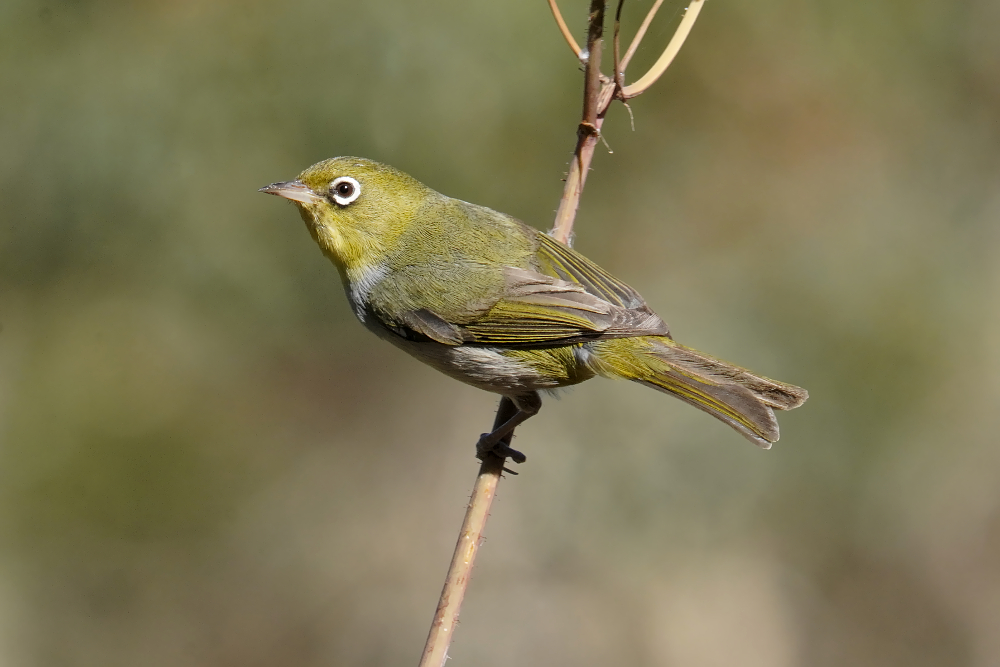
Silvereye 
Western Spinebill
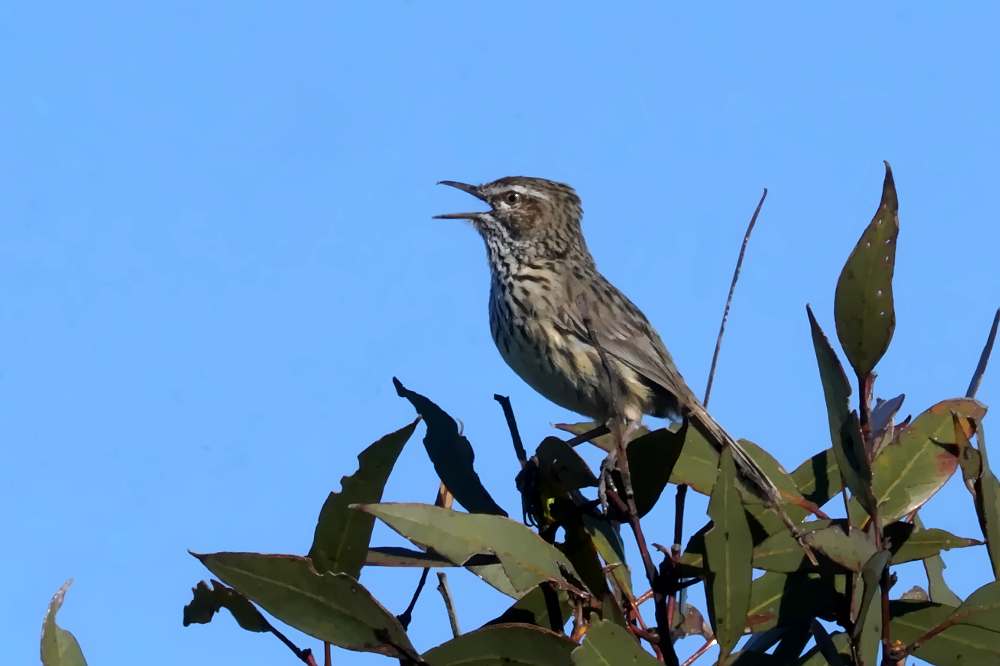
After a two hour drive through a combination of reserves and wheat-fields I eventually reached Cheynes Beach Caravan Park. What a stunning-view, beautiful silvery grass-trees cover the heathland and beautiful turquoise-blue sea and snow-white sandy beaches.
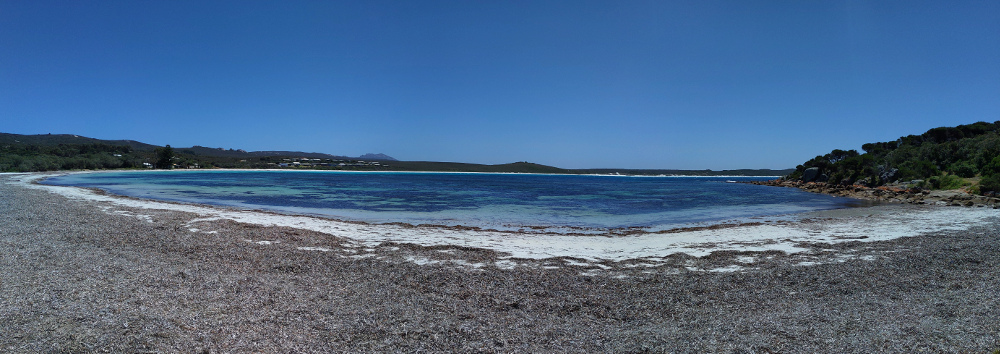

Shortly after my ‘birding-induction’ with Joanne at the Caravan-Park I took a walk down to the beach where I was recommended to look for Noisy Scrub-bird, and surprisingly I heard one within minutes but (as expected) spent a couple of hours quietly watching…. to no avail. Surely this bird is one of the hardest in the world to get a good look at. Most birders visit the Caravan-Park to see the “Big-three”, Noisy Scrub-bird, Western Bristlebird and Western (or Black-throated) Whipbird, so these were the ‘targets’ for the next couple of days. The ‘key’ to finding all three is to try and learn their calls (….and I managed to audio-record all three with little difficulty) but seeing them is another story. I didn’t get any images of the Scrub-bird.
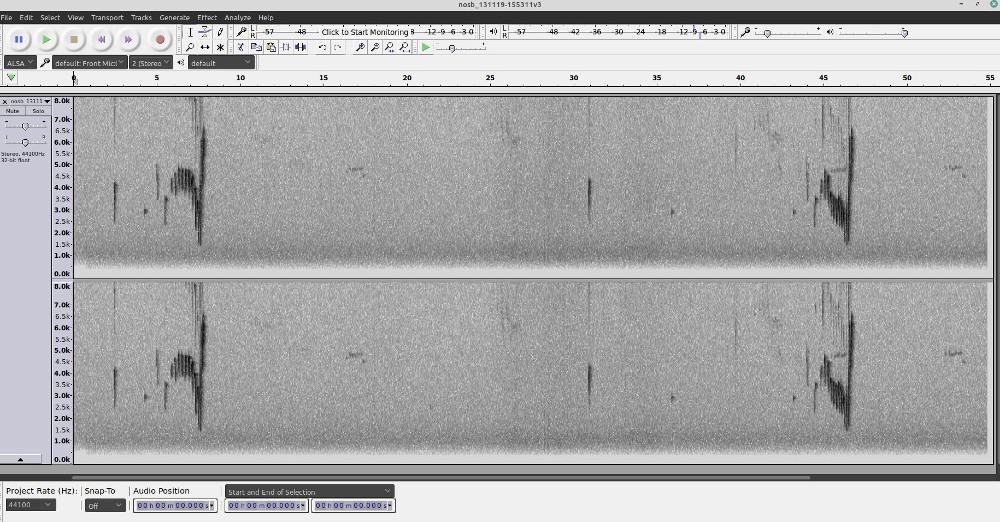
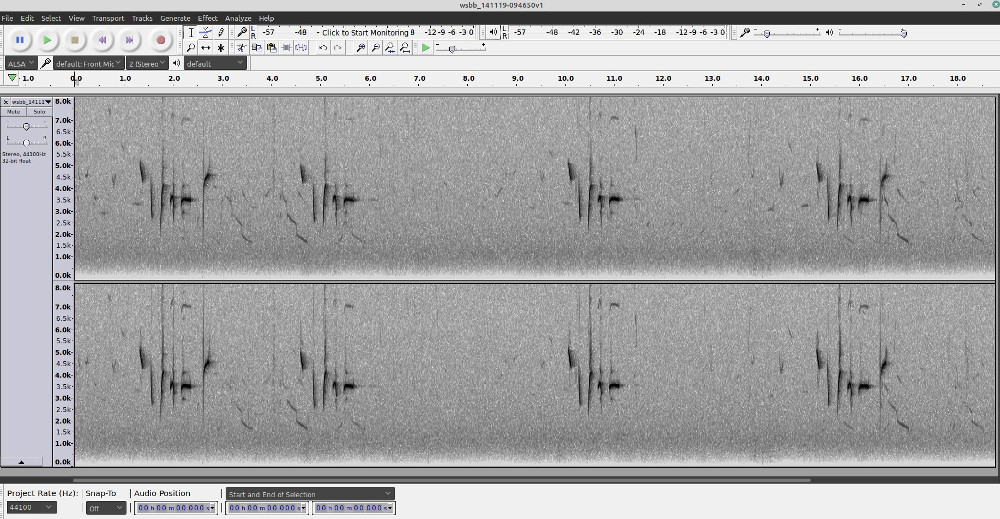

Whilst concentrating on searching for the ‘big-three’ I was very impressed with the amount of ‘bio-diversity’ on this heath-land and with the good-weather conditions at the time I saw and photographed many bird and reptile species and am certainly planning to return here in the future. The plant-life is extraordinary and I haven’t seen anything quite like this anywhere in Australia before.
I had originally planned to return to Perth via Dryandra but as the forecast was forty degrees I decided to leave it for another trip. On return to Joondalup I spent some time with Plaxy and Dan and took some easy pics of waterfowl but the biggest surprise was on Sunday morning when we found two of the arriving Oriental Honey-Buzzard which seemed to return to the area annually at the northern end of the lake (Sadly, they were too far for decent images)
All in all a great and productive-trip ..but missed at least one species, so will have to go back (….guess which one?)
Would like to thank Dan and Plaxy, Phil Snow and Wayne Merritt and staff at Stirling Range Retreat and Cheynes Caravan Park who made it so enjoyable.
Summary of the trip (taken from Ebird)
Date Range Nov 1, 2019 – Nov 30, 2019 Total Number of Species 129
Locations 580 Joondalup Drive, Joondalup, Western Australia, AU (-31.731, 115.774) : Cheyne Beach at -34.883, 118.406 : Cheyne Beach–Carpark and BBQ area : Cheynes Beach Caravan Park and Arpenteur Nature Reserve : Flynn Rd at Goods Rd, Gorrie : Gosnells Rd East, Orange Grove : Lake Joondalup–Picnic Cove Park : Lake Joondalup–Scenic Drive Park : Lake Seppings (Albany) : Lower King Bridge (Albany) : North Bannister : Stirling Range National Park–Formby S Rd at Mt Trio Rd : Stirling Range National Park–Moingup Springs Campground : Stirling Range National Park–Southern Wayside Stop : Stirling Range Retreat : The Bluff Knoll Cafe : Victoria Dam–Access road, track and picnic area : Waychinicup National Park–Bald Island Rd : Waychinicup Rd at Waychinicup River Total Number of Checklists 28
Number of Species — 88 97 58 — —
Number of Individuals — 529 741 528 — —
Number of Checklists — 6 18 4 — —
Species Name High Count Sample Size High Count Sample Size High Count Sample Size High Count Sample Size High Count Sample Size High Count Sample Size
Black Swan – Cygnus atratus — 2 2 4 1 60 4 — —
Australian Shelduck – Tadorna tadornoides — 2 1 1 1 1 2 — —
Australian Wood Duck – Chenonetta jubata — 10 1 5 1 4 2 — —
Australasian Shoveler – Spatula rhynchotis — 10 1 — 2 2 — —
Pacific Black Duck – Anas superciliosa — 20 1 6 2 8 2 — —
Grey Teal – Anas gracilis — 2 1 11 2 3 2 — —
Hardhead – Aythya australis — 20 1 6 1 9 2 — —
Blue-billed Duck – Oxyura australis — 6 2 2 2 6 2 — —
Musk Duck – Biziura lobata — 8 1 3 2 2 4 — —
Brown Quail – Synoicus ypsilophorus — — 4 3 — — —
Australasian Grebe – Tachybaptus novaehollandiae — 1 1 1 1 1 1 — —
Hoary-headed Grebe – Poliocephalus poliocephalus — 100 1 12 2 43 2 — —
Great Crested Grebe – Podiceps cristatus — — — 1 1 — —
Rock Dove – Columba livia — 3 1 — — — —
Spotted Dove – Streptopelia chinensis — 2 2 — — — —
Laughing Dove – Streptopelia senegalensis — 2 1 — — — —
Common Bronzewing – Phaps chalcoptera — — 3 5 — — —
Brush Bronzewing – Phaps elegans — — 1 2 — — —
Horsfield’s Bronze-Cuckoo – Chrysococcyx basalis — — 1 1 — — —
Shining Bronze-Cuckoo – Chrysococcyx lucidus — 2 3 2 5 1 1 — —
Fan-tailed Cuckoo – Cacomantis flabelliformis — — 1 1 — — —
Tawny Frogmouth – Podargus strigoides — 4 1 — — — —
Dusky Moorhen – Gallinula tenebrosa — 2 2 4 1 1 1 — —
Eurasian Coot – Fulica atra — 6 2 5 2 200 3 — —
Australasian Swamphen – Porphyrio melanotus — 1 1 1 1 1 1 — —
Spotless Crake – Zapornia tabuensis — 1 1 1 1 — — —
Sooty Oystercatcher – Haematopus fuliginosus — — 1 1 — — —
Common Greenshank – Tringa nebularia — — 2 1 — — —
Silver Gull – Chroicocephalus novaehollandiae — — 1 2 — — —
Pacific Gull – Larus pacificus — — 1 3 — — —
Caspian Tern – Hydroprogne caspia — — 1 1 — — —
Crested Tern – Thalasseus bergii — — 11 1 — — —
Australasian Darter – Anhinga novaehollandiae — — — 1 2 — —
Little Pied Cormorant – Microcarbo melanoleucos — 3 2 1 2 1 1 — —
Little Black Cormorant – Phalacrocorax sulcirostris — 2 2 1 1 2 2 — —
Australian Pelican – Pelecanus conspicillatus — 3 1 3 2 1 3 — —
Great Egret – Ardea alba — 1 1 — — — —
White-faced Heron – Egretta novaehollandiae — 1 1 5 3 1 1 — —
Little Egret – Egretta garzetta — 1 1 — — — —
Nankeen Night-Heron – Nycticorax caledonicus — — — 3 2 — —
Australian White Ibis – Threskiornis molucca — 7 3 2 1 13 3 — —
Straw-necked Ibis – Threskiornis spinicollis — 2 2 4 1 2 1 — —
Yellow-billed Spoonbill – Platalea flavipes — 4 1 1 1 2 2 — —
Osprey – Pandion haliaetus — — 2 2 — — —
Black-shouldered Kite – Elanus axillaris — — — 1 1 — —
Oriental Honey-buzzard – Pernis ptilorhynchus — — — 2 1 — —
Little Eagle – Hieraaetus morphnoides — — 1 1 1 1 — —
Wedge-tailed Eagle – Aquila audax — — — 1 1 — —
Swamp Harrier – Circus approximans — 1 1 1 1 2 3 — —
Brown Goshawk – Accipiter fasciatus — 1 3 — 2 2 — —
Collared Sparrowhawk – Accipiter cirrocephalus — — — 1 1 — —
Whistling Kite – Haliastur sphenurus — 2 2 1 1 2 4 — —
White-bellied Sea-Eagle – Haliaeetus leucogaster — 2 1 1 1 — — —
Laughing Kookaburra – Dacelo novaeguineae — 2 4 1 1 2 3 — —
Sacred Kingfisher – Todiramphus sanctus — — 1 3 1 1 — —
Rainbow Bee-eater – Merops ornatus — 2 2 — 2 1 — —
Nankeen Kestrel – Falco cenchroides — — 1 1 — — —
Australian Hobby – Falco longipennis — 1 2 — 2 2 — —
Brown Falcon – Falco berigora — — 1 2 — — —
Peregrine Falcon – Falco peregrinus — 1 1 1 1 — — —
Red-tailed Black-Cockatoo – Calyptorhynchus banksii — 11 3 3 1 — — —
Carnaby’s Black-Cockatoo – Calyptorhynchus latirostris — 3 1 2 2 1 1 —
black-cockatoo sp. – Calyptorhynchus sp. — 2 1 100 4 — — —
Galah – Eolophus roseicapilla — 8 4 6 3 5 4 — —
Long-billed Corella – Cacatua tenuirostris — — — 5 4 — —
Little Corella – Cacatua sanguinea — 2 3 — 4 3 — —
corella sp. – Cacatua sp. (corella sp.) — 2 1 — — — —
Elegant Parrot – Neophema elegans — 2 2 4 3 — — —
Australian Ringneck – Barnardius zonarius — 7 5 5 6 1 1 — —
Western Rosella – Platycercus icterotis — 1 1 1 1 — — —
Red-capped Parrot – Purpureicephalus spurius — 8 1 9 7 — — —
Budgerigar – Melopsittacus undulatus — 1 1 — — — —
Purple-crowned Lorikeet – Glossopsitta porphyrocephala — 6 1 5 2 — — —
Rainbow Lorikeet – Trichoglossus moluccanus — 6 2 2 1 2 1 — —
Noisy Scrub-bird – Atrichornis clamosus — — 2 5 — — —
Rufous Treecreeper – Climacteris rufus — 7 1 — — — —
Southern Emuwren – Stipiturus malachurus — — 8 2 — — —
Red-winged Fairywren – Malurus elegans — 3 1 3 1 — — —
Blue-breasted Fairywren – Malurus pulcherrimus — — 3 2 — — —
Splendid Fairywren – Malurus splendens — 4 2 5 5 — — —
fairywren sp. – Malurus sp. — — 2 1 — — —
Western Spinebill – Acanthorhynchus superciliosus — 3 1 2 3 — — —
Western Wattlebird – Anthochaera lunulata — 2 1 — — — —
Red Wattlebird – Anthochaera carunculata — 3 3 6 10 2 2 — —
Singing Honeyeater – Gavicalis virescens — 1 1 — 1 1 — —
Yellow-plumed Honeyeater – Ptilotula ornata — 5 1 6 3 — — —
Tawny-crowned Honeyeater – Gliciphila melanops — — 2 5 — — —
Brown Honeyeater – Lichmera indistincta — 2 4 3 2 — — —
New Holland Honeyeater – Phylidonyris novaehollandiae — 1 2 5 10 — — —
White-cheeked Honeyeater – Phylidonyris niger — — 6 4 — — —
Gilbert’s Honeyeater – Melithreptus chloropsis — 2 2 3 3 — — —
Brown-headed Honeyeater – Melithreptus brevirostris — — 1 1 — — —
Western Bristlebird – Dasyornis longirostris — — 6 3 — — —
Spotted Pardalote – Pardalotus punctatus — — 3 3 — — —
Striated Pardalote – Pardalotus striatus — 11 5 2 3 1 1 — —
White-browed Scrubwren – Sericornis frontalis — 2 1 6 7 — — —
Western Fieldwren – Calamanthus montanellus — — 2 1 — — —
Western Thornbill – Acanthiza inornata — 4 2 — — — —
Inland Thornbill – Acanthiza apicalis — 2 1 4 4 — — —
Yellow-rumped Thornbill – Acanthiza chrysorrhoa — 2 3 2 2 — — —
Weebill – Smicrornis brevirostris — 2 4 1 2 1 1 — —
Western Gerygone – Gerygone fusca — 3 2 2 2 — — —
Black-faced Cuckooshrike – Coracina novaehollandiae — 2 4 — 2 1 — —
White-winged Triller – Lalage tricolor — 1 1 — 1 1 — —
Western Whipbird – Psophodes nigrogularis — — 3 4 — — —
Crested Shrike-tit – Falcunculus frontatus — — 2 1 — — —
Grey Shrikethrush – Colluricincla harmonica — 1 2 1 4 — — —
Western Whistler – Pachycephala occidentalis — 1 1 2 1 — — —
Rufous Whistler – Pachycephala rufiventris — 3 3 — 1 1 — —
Dusky Woodswallow – Artamus cyanopterus — 7 2 4 1 — — —
Grey Butcherbird – Cracticus torquatus — 1 3 1 1 2 4 — —
Australian Magpie – Gymnorhina tibicen — 2 3 2 2 4 2 — —
Grey Currawong – Strepera versicolor — — 5 6 — — —
Willie Wagtail – Rhipidura leucophrys — 2 2 2 6 2 3 — —
Grey Fantail – Rhipidura albiscapa — 3 2 2 6 — — —
Magpie-lark – Grallina cyanoleuca — 1 2 — 2 2 — —
Restless Flycatcher – Myiagra inquieta — — 4 3 — — —
Australian Raven – Corvus coronoides — 2 4 7 10 3 3 — —
Scarlet Robin – Petroica boodang — 3 1 — — — —
Western Yellow Robin – Eopsaltria griseogularis — 3 1 2 1 — — —
White-breasted Robin – Eopsaltria georgiana — — 4 6 — — —
Australian Reed Warbler – Acrocephalus australis — 1 1 2 1 1 2 — —
Little Grassbird – Poodytes gramineus — 2 1 — — — —
Welcome Swallow – Hirundo neoxena — — 7 4 1 1 — —
Tree Martin – Petrochelidon nigricans — 4 1 30 5 — — —
Silvereye – Zosterops lateralis — 2 2 3 6 — — —
Mistletoebird – Dicaeum hirundinaceum — 1 1 — 1 1 — —
Red-eared Firetail – Stagonopleura oculata — — 3 3 — — —
Australasian Pipit – Anthus novaeseelandiae — 2 1 2 1 — — —
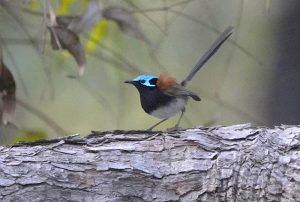
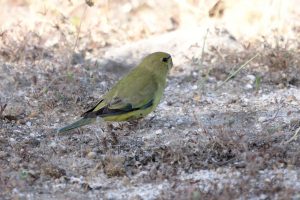
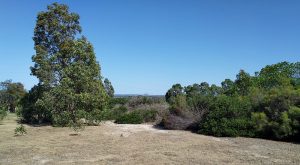





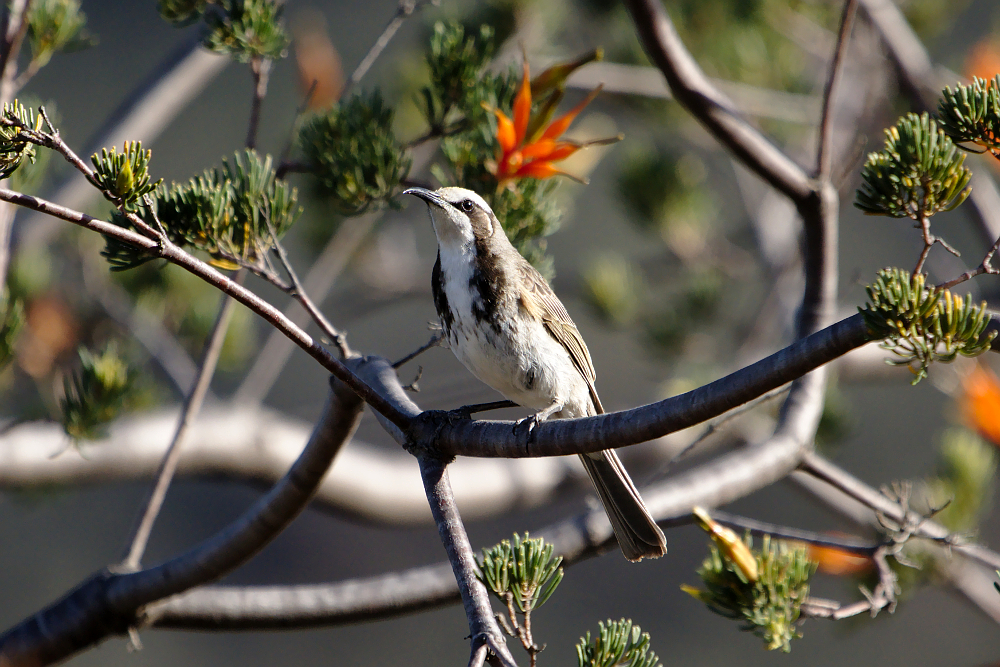

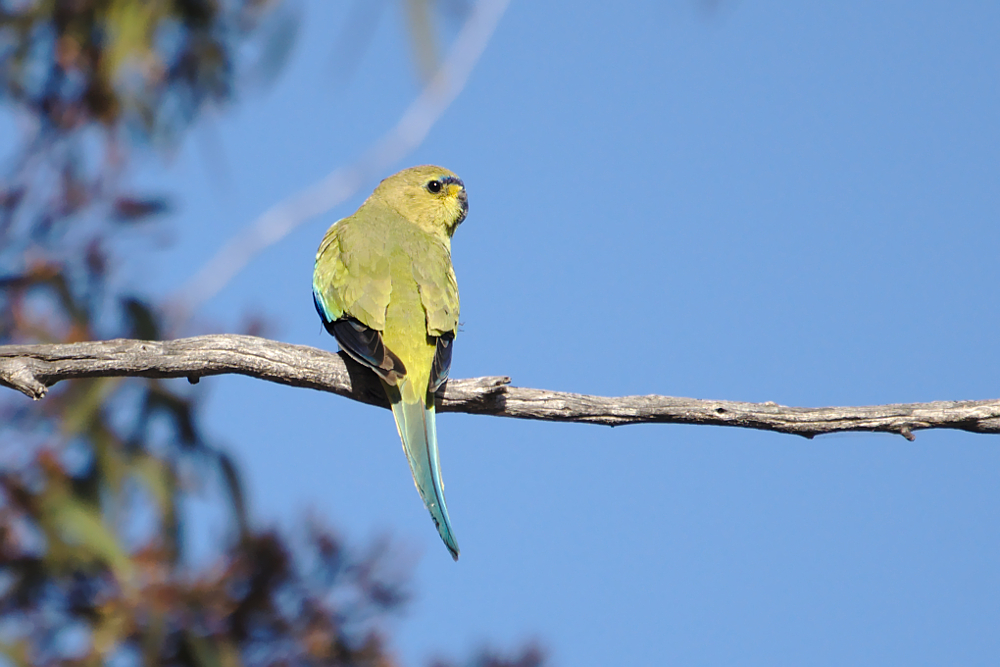
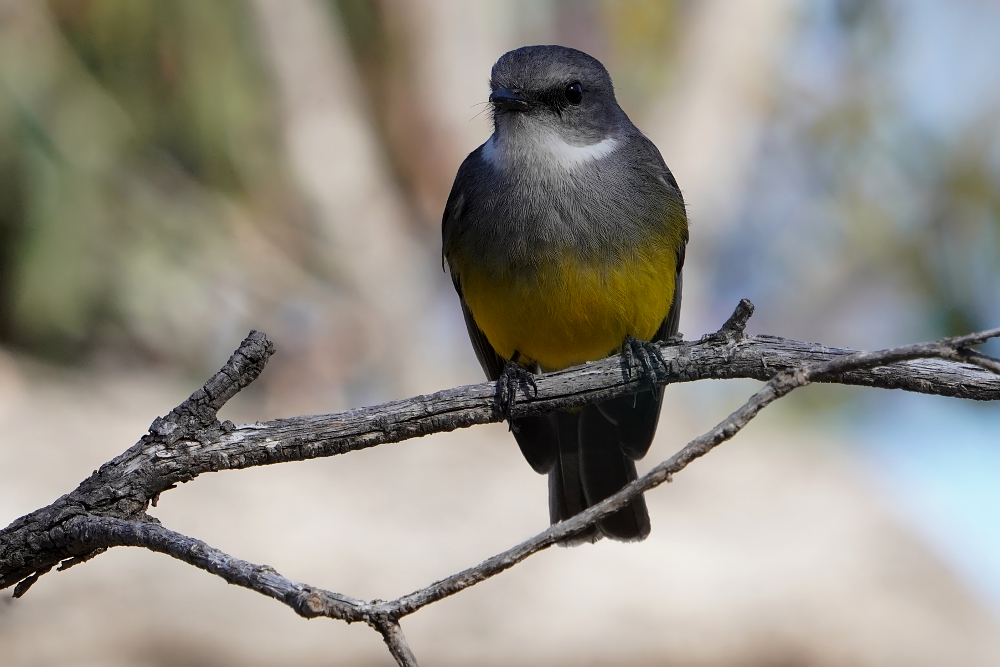
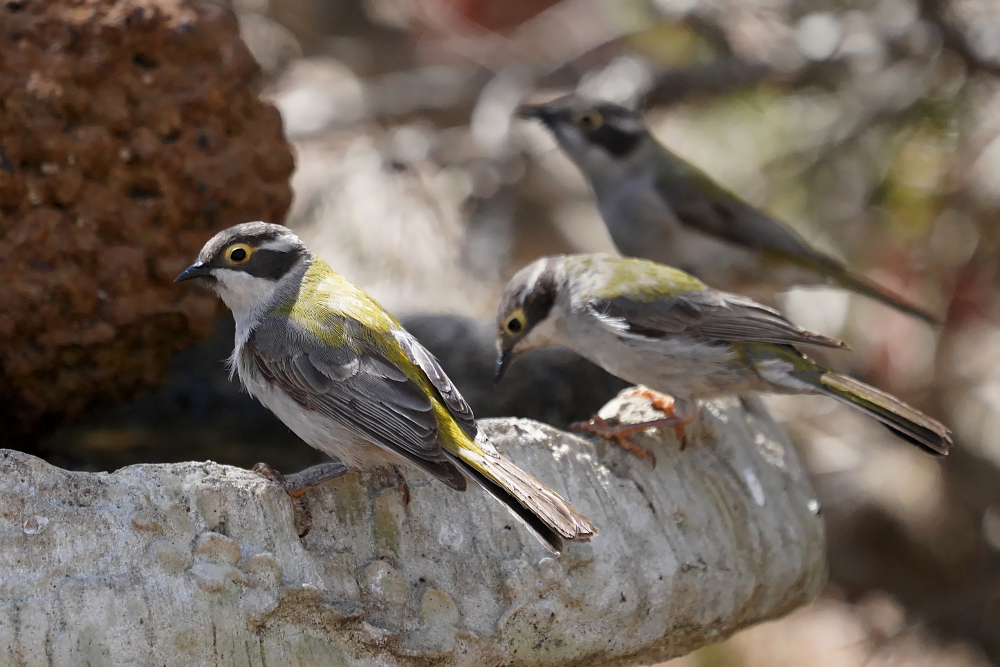
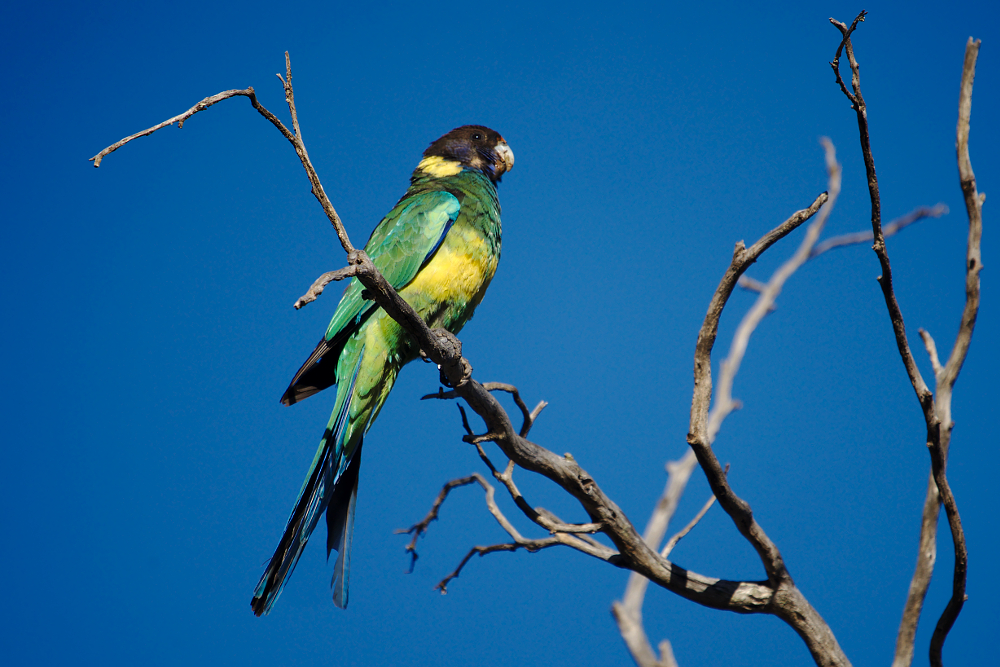
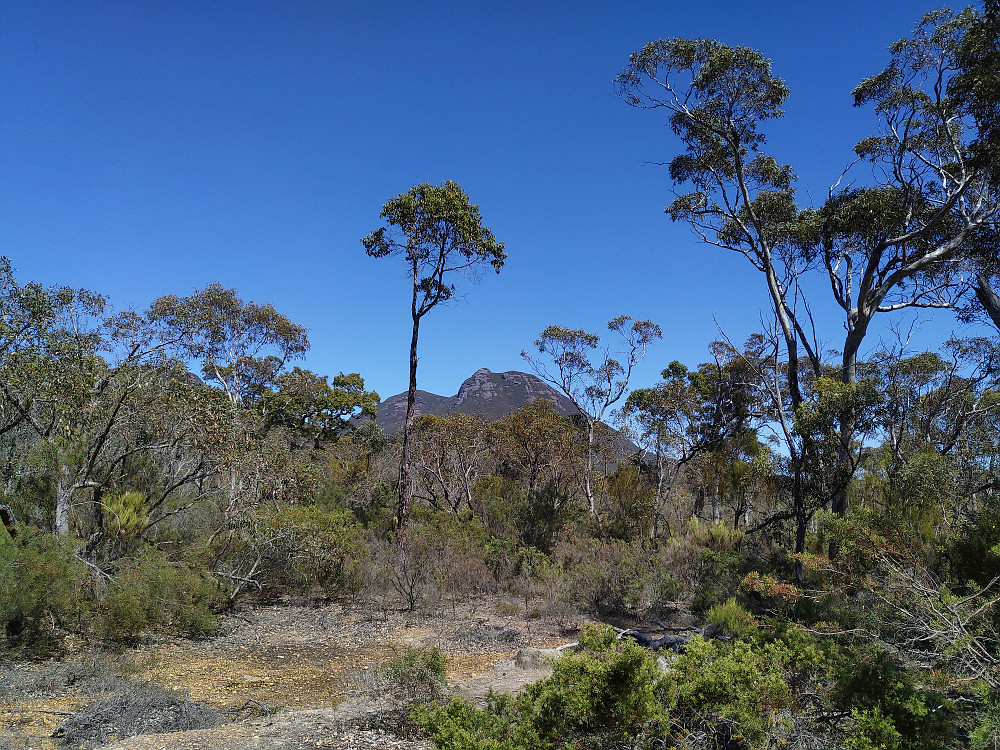
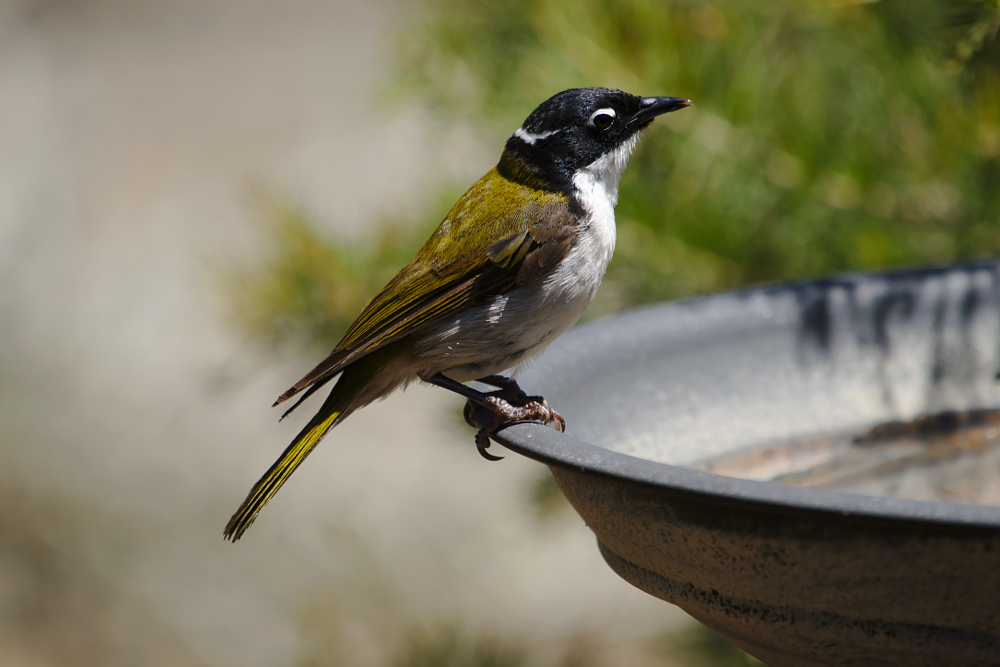


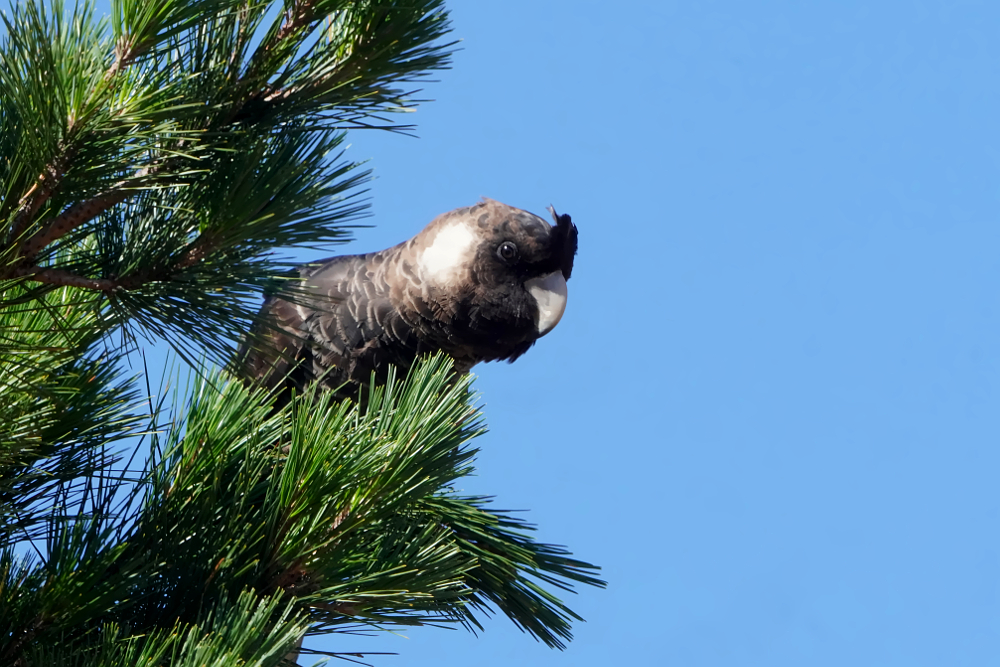
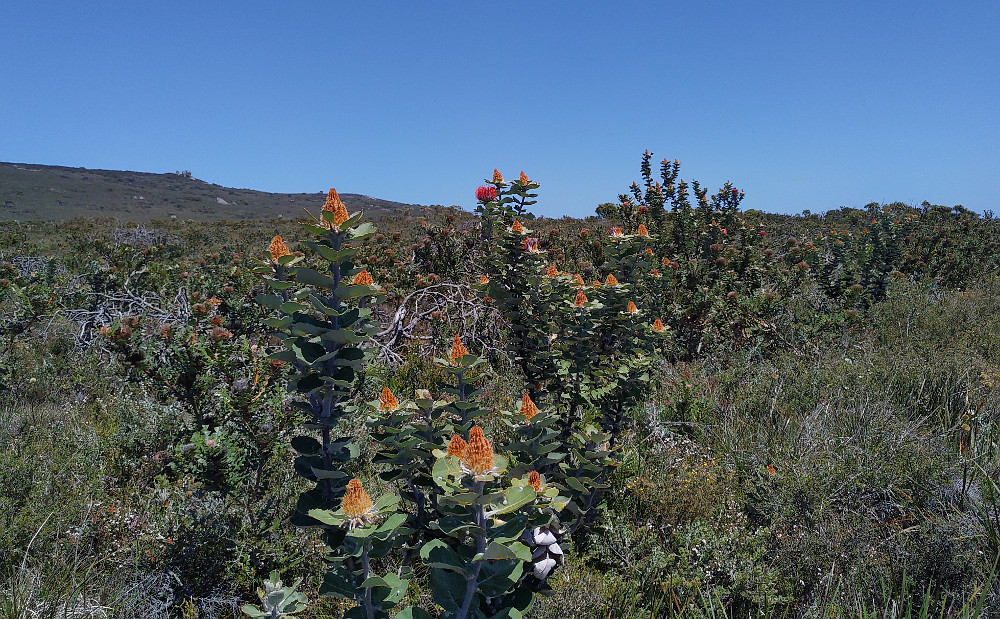


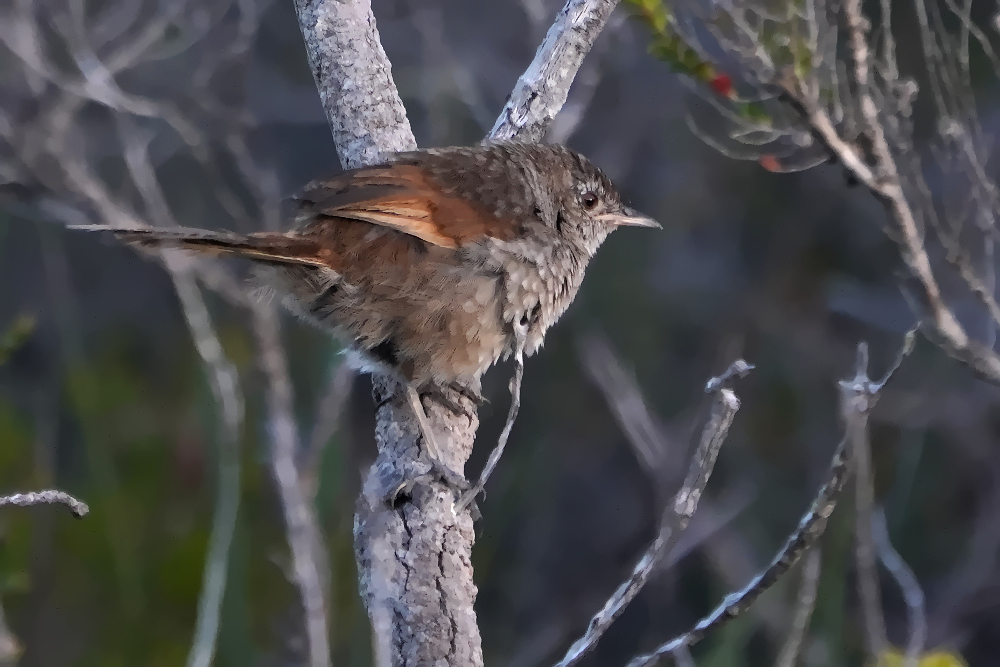


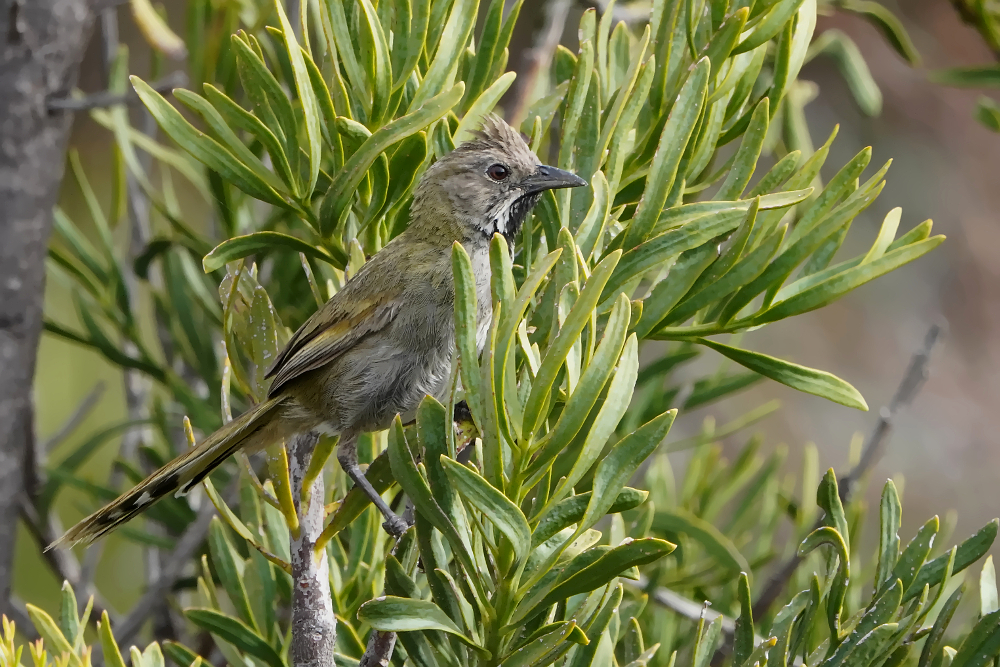

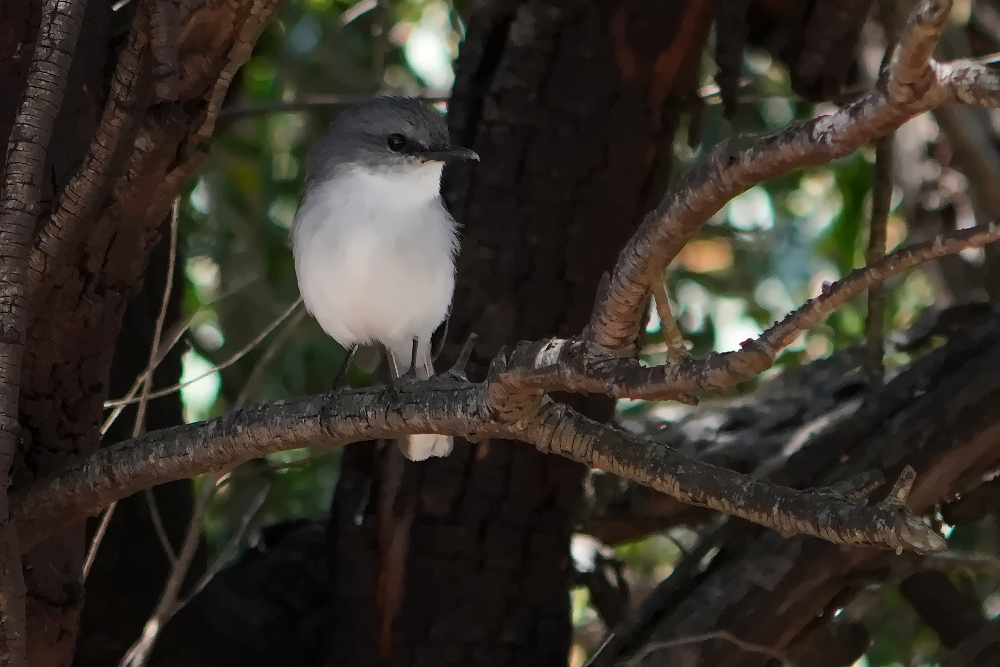
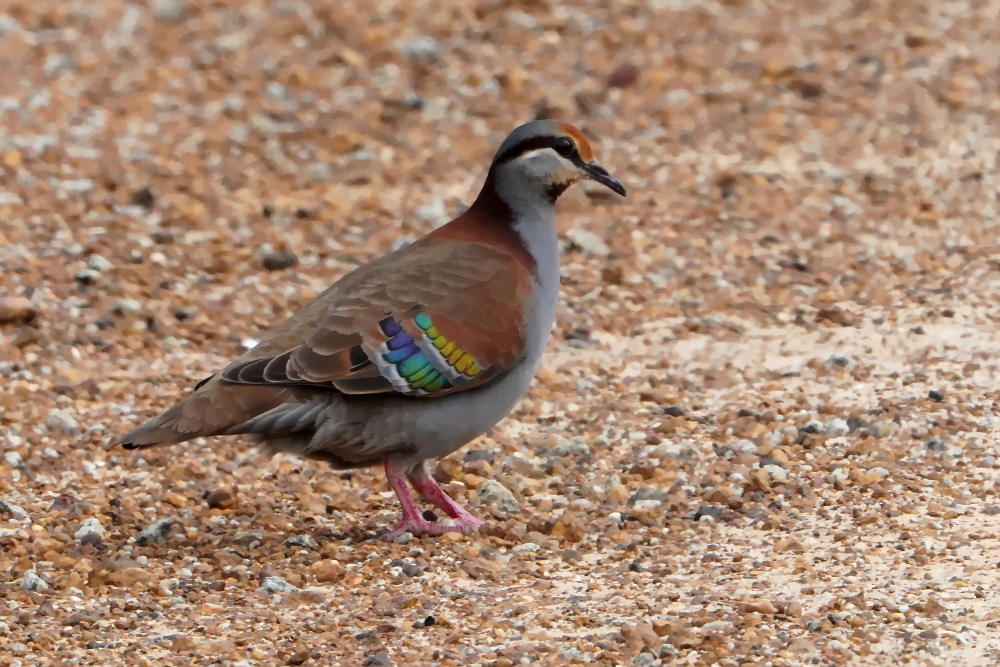
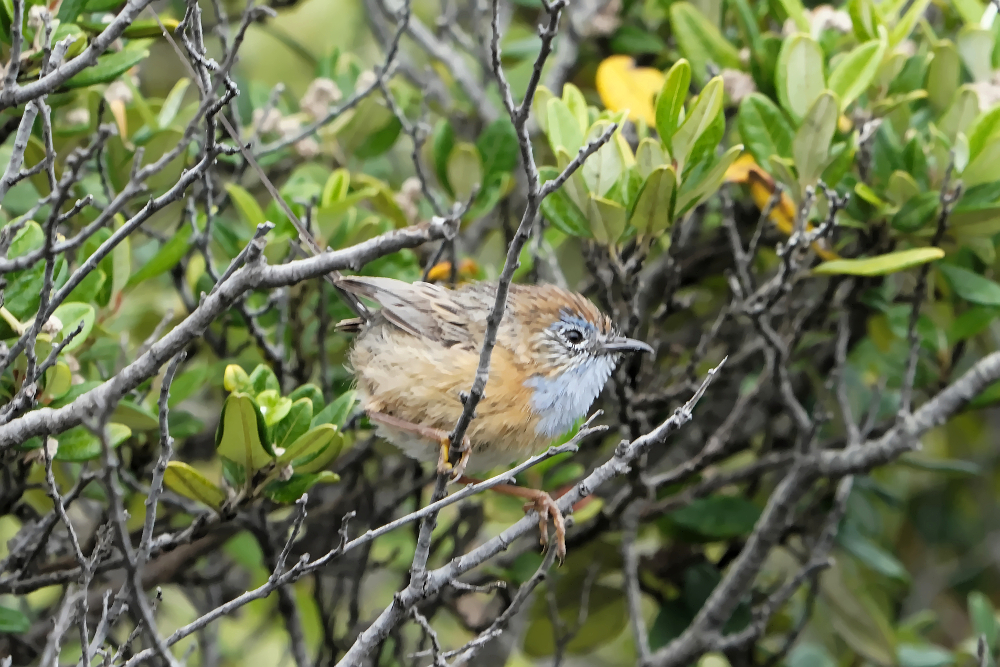

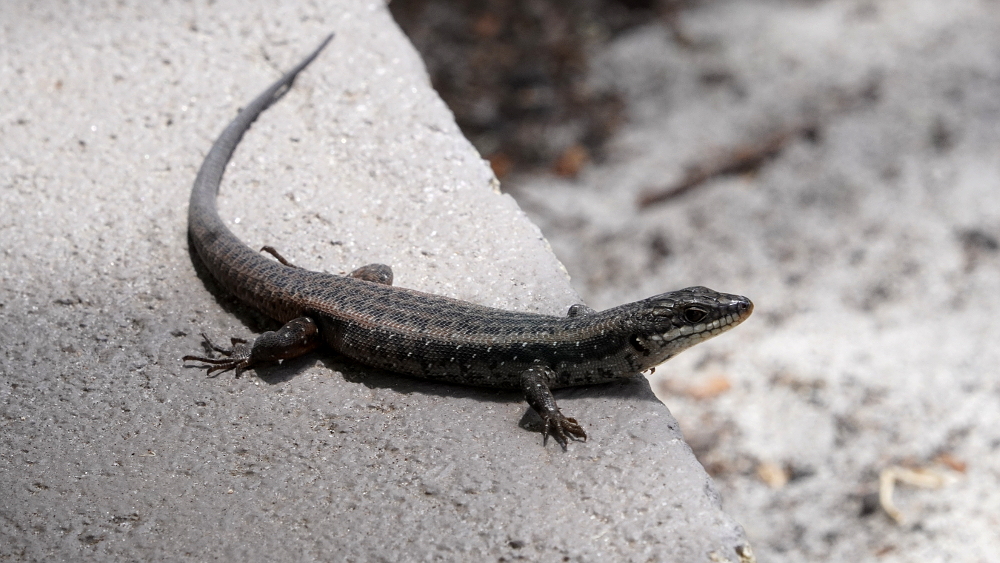
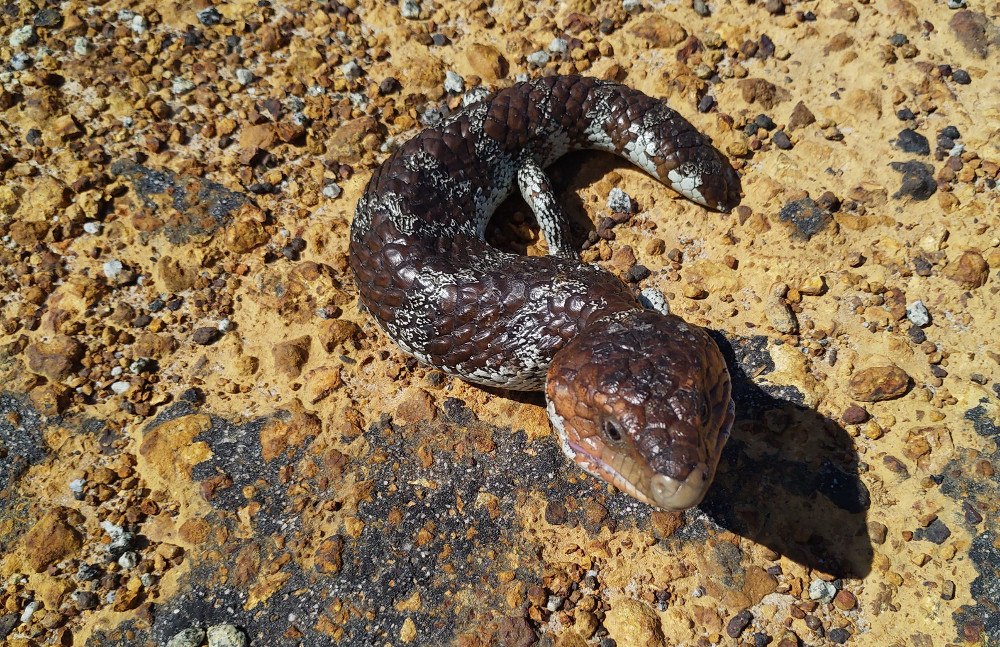


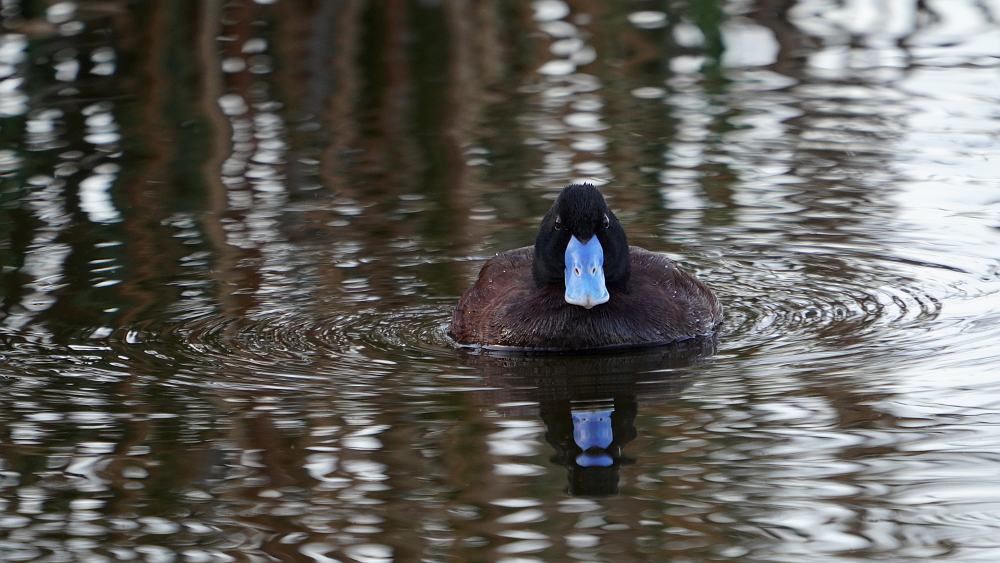

Leave a Reply